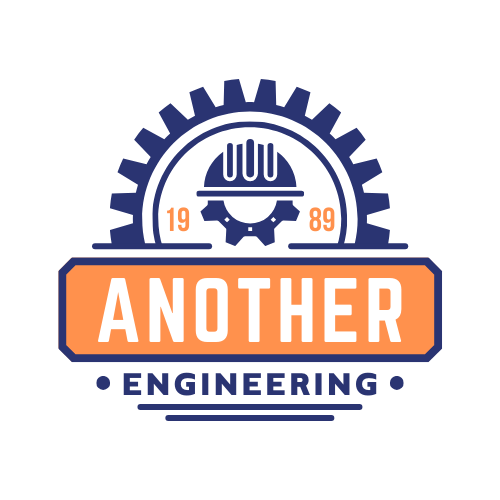Simulating the Urea Industry in Aspen Hysys: A Step-by-Step Guide
The urea industry plays a vital role in global food production, providing essential nitrogen fertilizer for crops. Aspen Hysys is a powerful process simulation software widely used in the chemical industry, and mastering its application for urea production can be valuable for engineers and researchers. However, it’s important to note that while Hysys can be used for educational purposes and basic simulations, it’s not the recommended software for professional-grade urea plant simulations due to limitations in handling key components like ammonium carbamate. Software like Aspen Plus or Urea++ is generally preferred for industrial applications.
That being said, if you’re interested in learning the fundamentals of urea process simulation using Hysys for educational purposes, here’s a general roadmap:

1. Process Understanding:
- Thoroughly grasp the urea synthesis process, including the key reactions involved (ammonia and carbon dioxide conversion) and the various unit operations (reactor, stripper, condenser, etc.). Familiarize yourself with the process flow diagram.
2. Building the Simulation Model:
- Define components: Include ammonia, carbon dioxide, water, urea, and any other relevant components in your system.
- Unit operations: Use appropriate unit operation blocks from the Hysys library. Here’s a general idea:
- Reactor: Model the reactor section using a series of CSTRs (Continuously Stirred Tank Reactors) to represent the stages in an industrial reactor.
- Separation units: Employ flash separators to simulate the separation of vapor and liquid phases in various stages.
- Heat exchangers: Utilize HX blocks to model heat exchange between streams throughout the process.
- Other units: Depending on the desired level of detail, you might include additional units like strippers, absorbers, and evaporators.
3. Setting Up Streams and Properties:
- Define streams: Specify flow rates, compositions, and other properties for each stream entering and exiting each unit operation.
- Property packages: Select appropriate property packages from Hysys that accurately represent the thermodynamic behavior of the components under the operating conditions of your simulation.
4. Running the Simulation:
- Once you’ve built the model and defined the parameters, run the simulation in Hysys.
- Analyze the results: Pay attention to key parameters like conversion rates, product yields, and energy consumption.
5. (Optional) Refining the Model:
- Compare your simulation results with published data or reference values for urea production processes.
- Refine your model parameters (reaction kinetics, heat transfer coefficients, etc.) to achieve better agreement with reference data, keeping in mind the limitations of Hysys for this specific application.
Remember: This is a simplified overview, and the specific steps and considerations may vary depending on the complexity of your intended simulation. It’s crucial to consult Aspen Hysys documentation and relevant technical resources for detailed instructions and best practices.
Additional Notes:
- As mentioned earlier, Aspen Plus or Urea++ are generally industry-standard choices for professional-grade urea plant simulations due to their more comprehensive capabilities in handling the specific complexities of the urea synthesis process.
- This guide is intended for educational purposes only and should not be used for designing or operating actual industrial urea plants.
By following these steps and understanding the limitations, you can gain valuable insights into the fundamentals of urea process simulation using Aspen Hysys, keeping in mind that alternative software is better suited for industrial applications.
